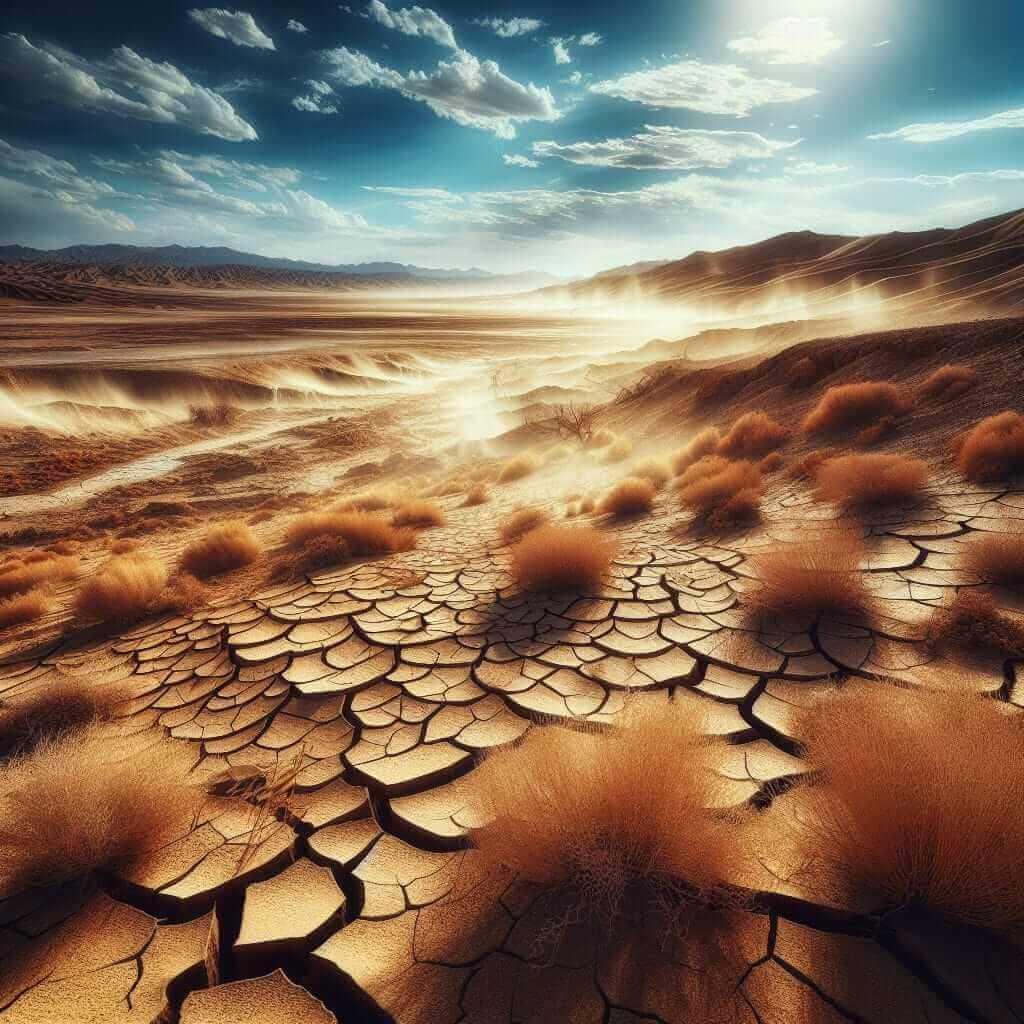The IELTS Reading section aims to assess your ability to understand and analyze a range of academic texts. One common theme that appears frequently in the Reading section is climate change and its impact on various aspects of our environment. Given the global importance of this topic, it’s no surprise that “What are the effects of climate change on global water availability?” has been a popular subject in past IELTS exams. Preparation for such a topic not only enhances your test performance but also contributes to your understanding of a critical global issue.
Climate change has been a hot button issue for years, and its relevance has only increased. Examining how climate change affects global water availability is a pressing concern that likely will appear in future IELTS exams. Let’s delve into a detailed practice passage to help you prepare.
IELTS Reading Practice Passage
Practice Passage: The Impact of Climate Change on Global Water Availability
Climate change is manifesting itself in various forms, from rising temperatures to fluctuating weather patterns. One of the areas that it most severely affects is global water availability. Water resources are essential for human survival, agriculture, and industrial processes, making this issue particularly critical.
Changes in Precipitation Patterns
As climate change progresses, we are witnessing significant alterations in precipitation patterns. Some regions experience more intense and frequent rainfall, leading to flooding, while others face prolonged droughts. These changes disrupt the natural water cycle, causing shifts in water availability that have far-reaching consequences.

Melting Glaciers and Ice Caps
The warming temperatures are causing glaciers and polar ice caps to melt at unprecedented rates. This meltwater enters the oceans, contributing to sea level rise, but it also impacts freshwater resources. Many rivers and streams worldwide rely on glacial melt as a significant source of freshwater. The reduction in glacial meltwater directly impacts water availability for some communities, particularly those in mountainous regions.
Rising Sea Levels
Rising sea levels, another consequence of global warming, pose a threat to freshwater sources near coastal areas. As saltwater intrudes into freshwater aquifers, it contaminates the supply, making it unsuitable for human consumption and agricultural use. This phenomenon, known as saltwater intrusion, is becoming increasingly common in low-lying coastal regions.
Impact on Agriculture
Climate change affects water availability which, in turn, influences agricultural productivity. Crops depend on consistent water supply, and any variation—whether due to droughts or floods—can drastically affect yields. Agriculture is not only a cornerstone of food security but also employs millions of people worldwide. Therefore, the impact of climate change on water availability has the potential to trigger significant socio-economic challenges.
Practice Questions
Question Types: Multiple Choice, True/False/Not Given, Matching Information, Summary Completion
-
Multiple Choice:
According to the passage, which of the following is NOT a direct consequence of glacial melt?
A. Sea level rise
B. Increased freshwater availability
C. Reduced water availability in rivers
D. Changes in agricultural patterns -
True/False/Not Given:
The passage states that climate change results in more frequent and intense rainfall in all global regions.
A. True
B. False
C. Not Given -
Matching Information:
Match the following effects with their respective causes based on the passage:a. Saltwater intrusion –
b. Socio-economic challenges –
c. Flooding –i. Rising sea levels
ii. Altered precipitation patterns
iii. Impact on agriculture -
Summary Completion:
Complete the summary using words from the passage:
Climate change significantly affects global water availability. Alterations in precipitation lead to ____ and ____, disrupting the natural water cycle. Melting glaciers contribute to ____, while rising sea levels cause ____ in coastal freshwater sources. These changes have serious implications for ____ due to inconsistent water supply, impacting both food security and employment.
Answer Key & Detailed Explanations
-
Multiple Choice:
B. Increased freshwater availability – The passage clearly states that glacial melt leads to reduced freshwater availability in rivers, not increased availability. -
True/False/Not Given:
B. False – The passage mentions that some regions experience more rainfall, while others face droughts, indicating variability. -
Matching Information:
a. i. Rising sea levels
b. iii. Impact on agriculture
c. ii. Altered precipitation patterns -
Summary Completion:
Climate change significantly affects global water availability. Alterations in precipitation lead to flooding and droughts, disrupting the natural water cycle. Melting glaciers contribute to sea level rise, while rising sea levels cause saltwater intrusion in coastal freshwater sources. These changes have serious implications for agriculture due to inconsistent water supply, impacting both food security and employment.
Common Mistakes and Tips
Common Mistakes:
- Misinterpreting data: Many students misinterpret the data in the passage due to a lack of careful reading.
- Time management: Failing to manage time effectively can result in incomplete answers.
- Ignoring keywords: Overlooking crucial keywords and phrases can lead to incorrect answers.
Vocabulary:
- Precipitation (Noun): /ˌprɪsɪˈpɪteɪʃ(ə)n/ – Rain, snow, sleet, or hail that falls to the ground.
- Glacier (Noun): /ˈɡlæsiər/ – A slowly moving mass of ice.
- Intrusion (Noun): /ɪnˈtruːʒən/ – The act of entering without permission.
- Agricultural (Adjective): /ˌæɡrɪˈkʌltʃərəl/ – Related to farming.
Grammar Focus
Grammar:
- Cause and Effect: Understanding cause-and-effect relationships is crucial in this context. Phrases like “due to,” “because of,” and “as a result of” are commonly used.
- Example: “Melting glaciers contribute to sea level rise due to increasing temperatures.”
Conclusion
By delving into these types of passages and practicing with realistic questions, you can better prepare for the IELTS Reading section. Focus on understanding the main ideas, interpreting data correctly, and managing your time effectively. Remember, consistent practice is key to mastering the IELTS Reading section.